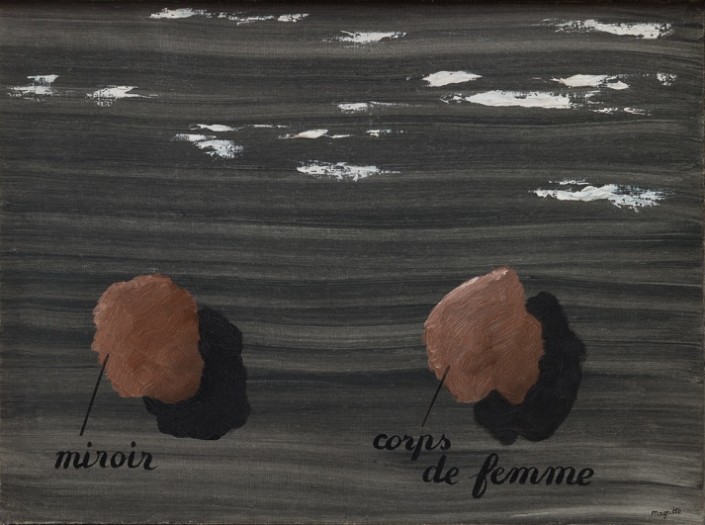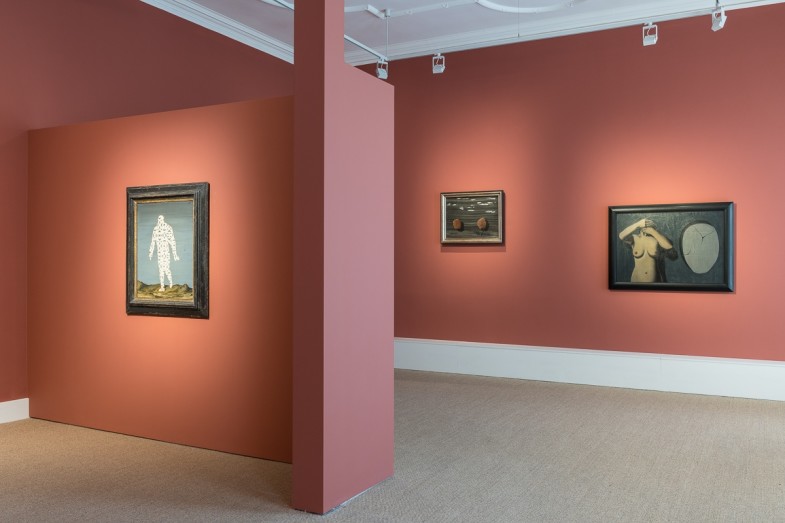To produce a metaphor is to borrow a semantic unit - be it work, or image - from its habitual context and transpose it into a new one. Red lips become ‘cherry’, the night is a ‘curtain’, and the world a ‘stage’. This transition, Aristotle tells us, can be made “from genus to species, from species to genus, or in the form of analogy.” But what if a word was to replace a picture, or vice versa? Such a transition would cancel the most basic material, formal, and conceptual distinctions between literal and figurative languages. Can such a metaphor really exist? The three years that Magritte spent in Paris, taking part in the activities of the French Surrealist circle, remain an expression of the core foundation of his unique philosophical inquiry into the relationship between literal and figurative language. During these years, Magritte produced more than forty paintings and collages that became known as the word-pictures cycle, forming part of a wider creative spree that marks the most prolific period in the artist’s life. Accounting for this pivotal body of works, Magritte insisted that “an object is not so wedded to its name that one cannot find another name which suits it better.”
In his paintings from the period words are made of the same material substance as images. Just like an image can take the place of a word, and an abstract form can take the place of an image, an abstract form can take the place of a word, hereby encouraging our imagination to compensate for the missing links and seek new ways to use language. While there has been much discussion about Magritte’s interest in, and use of language in his work, this exhibition seeks to highlight the evolution of his word-pictures in the context of their metaphorical function; as figurative, and even abstract gestures that stand in for conceptual tropes, forcing the recipient of the message to complete an unbridgeable gap using their imagination. Magritte’s reciprocal exchange between images and words, highlighted in the exhibition, as well as his ability to set up unresolved situations where the viewer is encouraged to participate in the process of decoding the message, are fundamental to the understanding of a wide tendency in contemporary art practices to lend the authorial agency to the viewer.



